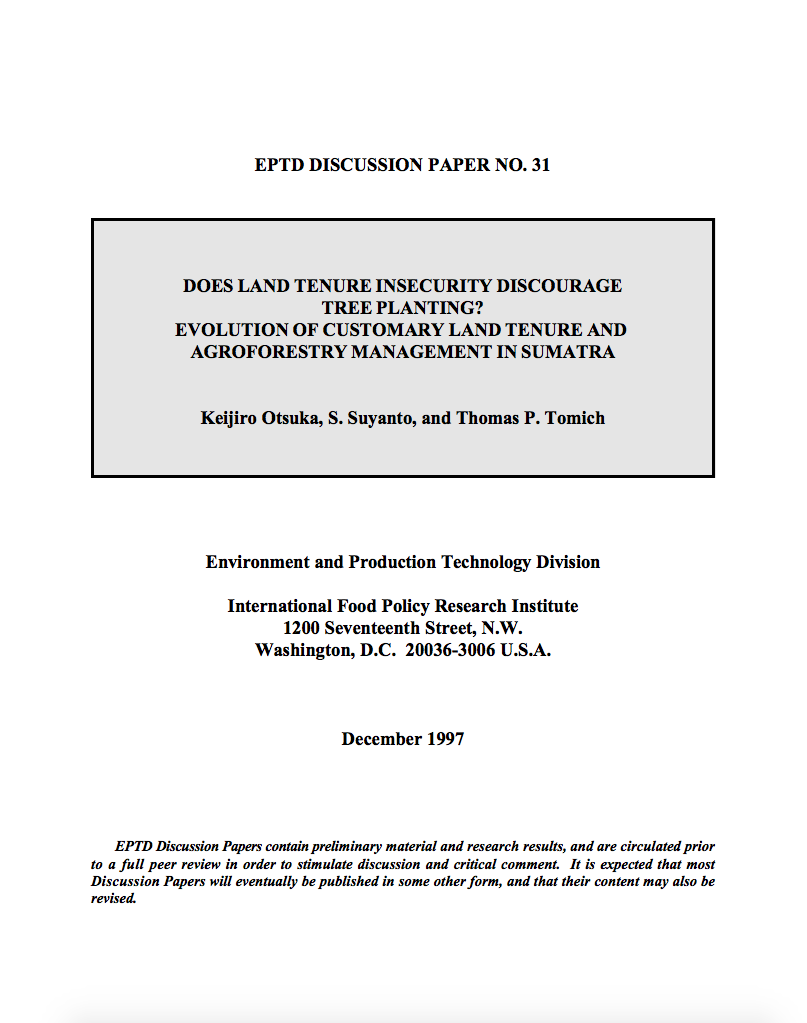A quantitative analysis of determinants of child and maternal malnutrition in Nigeria
Malnutrition rates among children 0-36 months and women of reproductive age in Nigeria are high and vary significantly across rural-urban locations, geopolitical regions, and agroecological zones, constituting a significant public health challenge. Using National Demographic Health Survey (NDHS) 2003 data, we sought to understand better what the determinants of child and maternal nutrition are and whether they differ significantly in terms of their nature, levels, and effects across these domains.


